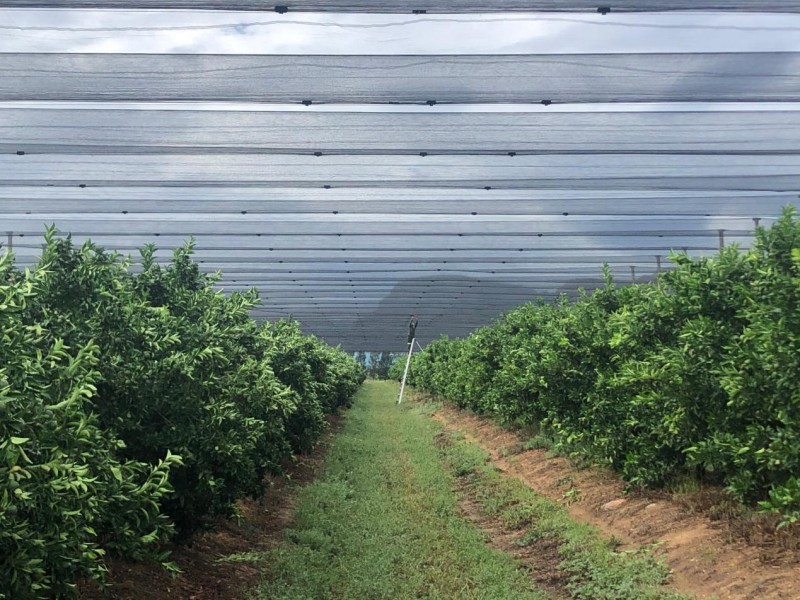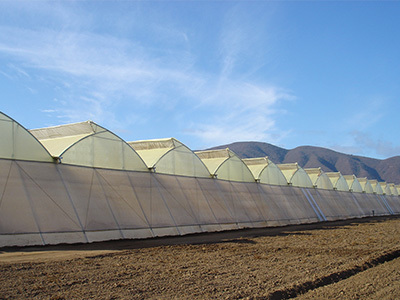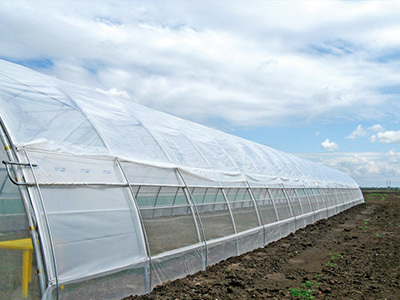How Anti Hail Nets Facilitate Crop Diversity in Yemen
How Anti Hail Nets Facilitate Crop Diversity in Yemen
Introduction to Crop Diversity in Yemen
Yemen, a nation known for its rich agricultural heritage, faces significant challenges due to its unique climate and geography. **Crop diversity** is essential in this region to ensure food security and improve the resilience of local farming practices. The ability to grow a variety of crops allows farmers to mitigate risks associated with climate fluctuations, pests, and diseases. In recent years, innovative agricultural technologies have emerged to support this goal, with **anti hail nets** playing a pivotal role.
The Importance of Anti Hail Nets in Agriculture
**Anti hail nets** are protective structures designed to shield crops from hail damage. They have become increasingly relevant in areas prone to severe weather, particularly in Yemen, where unpredictable climate patterns can lead to devastating hailstorms. By implementing these nets, farmers can safeguard their crops, ensuring a more stable and diverse agricultural output.
Understanding Hail Damage and Its Effects on Crop Yields
Hail storms can have catastrophic effects on crops, leading to substantial yield losses. The impact is not only financial but also affects the availability of food, which is critical in a country like Yemen that faces chronic food insecurity. Protecting crops from hail damage enables farmers to maintain their harvests and diversify their crop production.
How Anti Hail Nets Work
Anti hail nets are typically made of durable materials that can withstand harsh weather conditions. They are installed over crops to create a protective barrier, preventing hailstones from reaching the plants. The nets also provide benefits such as reducing wind damage and protecting against excessive sunlight, further enhancing crop resilience.
Types of Anti Hail Nets
1. **Standard Anti Hail Nets:** These are the most common type, designed primarily to protect against hail while allowing permeation of sunlight and rain.
2. **Shade Nets:** Designed to reduce sunlight exposure, these nets are particularly useful in hot climates, helping to regulate temperature and protect sensitive crops.
3. **Windbreak Nets:** These nets help to mitigate wind damage, providing a dual benefit alongside hail protection.
Benefits of Anti Hail Nets for Crop Diversity
The adoption of anti hail nets in Yemeni agriculture brings numerous benefits, particularly in enhancing crop diversity. Here’s how these nets facilitate a more diversified agricultural landscape:
1. Protection of a Wider Range of Crops
By safeguarding various crops from hail damage, farmers can experiment with and cultivate a broader array of plants. This flexibility allows for the introduction of new varieties that may be more resilient to pests and diseases, contributing to overall biodiversity.
2. Enhanced Yields and Profitability
When crops are protected from hail, farmers are more likely to achieve higher yields. Increased productivity not only boosts income but also encourages farmers to diversify their crops, knowing that they can reliably harvest their produce.
3. Improved Soil Health
Diverse crops can contribute to better soil health through practices like crop rotation and intercropping. Anti hail nets facilitate these practices by ensuring that farmers can grow multiple crops without the risk of catastrophic loss.
4. Climate Resilience
With the increasing unpredictability of weather patterns, anti hail nets provide a buffer for crops against extreme weather events. This resilience allows farmers to maintain a diverse portfolio of crops, essential for adapting to climate change.
Implementation Strategies for Anti Hail Nets in Yemen
To maximize the benefits of anti hail nets, Yemeni farmers must consider various implementation strategies. These strategies include:
1. Local Education and Training
Farmers need access to training programs that educate them on the benefits and correct installation of anti hail nets. This knowledge empowers them to make informed decisions about their agricultural practices.
2. Government Support and Subsidies
Government intervention can significantly enhance the adoption of anti hail nets. By providing subsidies or financial support, authorities can encourage farmers to invest in these protective measures.
3. Collaboration with Agricultural Organizations
Partnerships with local and international agricultural organizations can facilitate access to resources, technology, and expertise. Such collaborations can lead to innovative solutions tailored to the specific needs of Yemeni farmers.
Case Studies of Successful Implementation
Examining successful case studies can provide valuable insights into the effective use of anti hail nets in Yemen.
Case Study 1: The Al-Mukalla Region
In the Al-Mukalla region, farmers who implemented anti hail nets reported an increase in their crop yields by over 30%. This improvement allowed for greater crop diversity, with farmers experimenting with fruits and vegetables previously deemed too risky to cultivate.
Case Study 2: The Taiz Governorate
Farmers in Taiz saw a significant reduction in crop loss during hailstorms after adopting anti hail nets. This change not only stabilized their income but also enabled them to diversify their crops, including legumes and grains, enhancing food security in the region.
The Future of Anti Hail Nets in Yemeni Agriculture
Looking ahead, the future of anti hail nets in Yemen appears promising. As more farmers recognize the advantages of these protective measures, the agricultural landscape is likely to evolve further.
1. Technological Advancements
Emerging technologies, such as smart nets equipped with sensors, could revolutionize their use, allowing real-time monitoring of weather conditions and crop health.
2. Sustainable Practices
The integration of anti hail nets within sustainable farming practices can further enhance their effectiveness. This approach will promote biodiversity, soil health, and long-term agricultural viability.
3. Policy Development
Effective policy frameworks that support the adoption of anti hail nets can unleash their full potential. Policies encouraging research and investment in agricultural technology will be vital.
Frequently Asked Questions (FAQs)
1. What are anti hail nets made of?
Anti hail nets are typically constructed from high-density polyethylene or other durable materials designed to withstand harsh weather conditions while allowing sunlight and rain to pass through.
2. How do anti hail nets affect crop growth?
Anti hail nets protect crops from hail damage, promote healthier growth by reducing stress from extreme weather, and can create a more stable microclimate for plants.
3. Can anti hail nets be used for all types of crops?
Yes, anti hail nets can be beneficial for a wide range of crops, including fruits, vegetables, and ornamental plants, enhancing overall crop diversity.
4. What is the cost of installing anti hail nets?
The cost varies depending on the type of net, the size of the area covered, and installation requirements. However, many farmers find that the long-term benefits outweigh the initial investment.
5. Are there any drawbacks to using anti hail nets?
While anti hail nets offer many benefits, potential drawbacks include the initial setup cost and the need for regular maintenance to ensure their effectiveness.
Conclusion
In conclusion, **anti hail nets** are a transformative solution for Yemeni agriculture, playing a critical role in enhancing crop diversity and resilience. By protecting crops from hail damage and fostering a more stable agricultural environment, these nets empower farmers to embrace diversity in their planting practices. As Yemen navigates the challenges posed by climate change and food insecurity, the continued adoption and support of anti hail nets could be pivotal in revitalizing its agricultural sector and ensuring a sustainable future for its people.
Key words:
Related News
11-08
CONTACT US
Email: sales8@meyabond.com
Tel: +8618911966213
No.3 Yard, ZhongHe Road, 100071,FengTai District, Beijing, China
Email: sales6@meyabond.com
Tel: +8618911963856
No.3 Yard, ZhongHe Road, 100071,FengTai District, Beijing, China
















